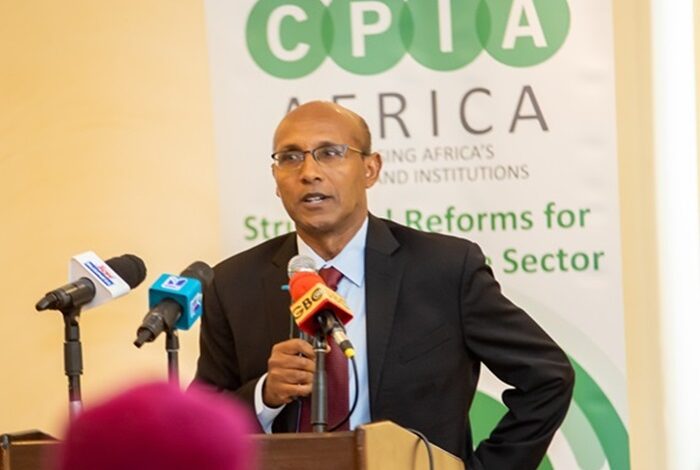Sub-Saharan Africa’s Economy Shows Resilience, But Job Creation Remains Big Test — World Bank

Sub-Saharan Africa’s economy is expected to grow by 3.8 percent in 2025, up from 3.5 percent in 2024, according to the latest Africa’s Pulse report by the World Bank. The stronger growth outlook is being driven by easing inflation, improved investment flows, and signs of recovery across several economies in the region.
The report notes that inflationary pressures, which have weighed heavily on households and businesses since 2022, are easing. The number of countries with double-digit inflation has dropped sharply from October 23, 2022 to July 10, 2025, signaling progress toward stabilizing prices.
However, the World Bank warns that major risks remain. Declining investor confidence, shrinking development aid, and rising debt service costs threaten to slow the region’s recovery. External debt service now consumes 2 percent of GDP, double what it was a decade ago. The number of African countries at high risk of debt distress has almost tripled, rising from 8 in 2014 to 23 in 2025, representing nearly half the region.
Despite the rebound, the World Bank says current growth levels are not enough to reduce extreme poverty or provide jobs for Africa’s fast-growing population. The continent is undergoing the world’s largest demographic shift, with its working-age population projected to grow by over 600 million people in the next 25 years.
“The challenge will be matching this growing population with better jobs,” said Andrew Dabalen, World Bank Chief Economist for the Africa Region. “Only 24 percent of new workers today secure wage-paying jobs. A shift toward more medium and large firms is essential to generate jobs at scale.”
The report calls for bold reforms to spur private sector growth. Key recommendations include lowering the cost of doing business, investing in reliable infrastructure such as energy, transport, and digital networks, and strengthening education and skills development.
The World Bank also urges countries to focus on sectors with high employment potential — including agribusiness, mining, tourism, healthcare, housing, and construction. For example, each job created in tourism can generate up to 1.5 additional jobs in related industries.
With the right policies and investments, the World Bank says Sub-Saharan Africa can harness its demographic advantage, create millions of jobs, and build a path toward inclusive and sustainable growth.




